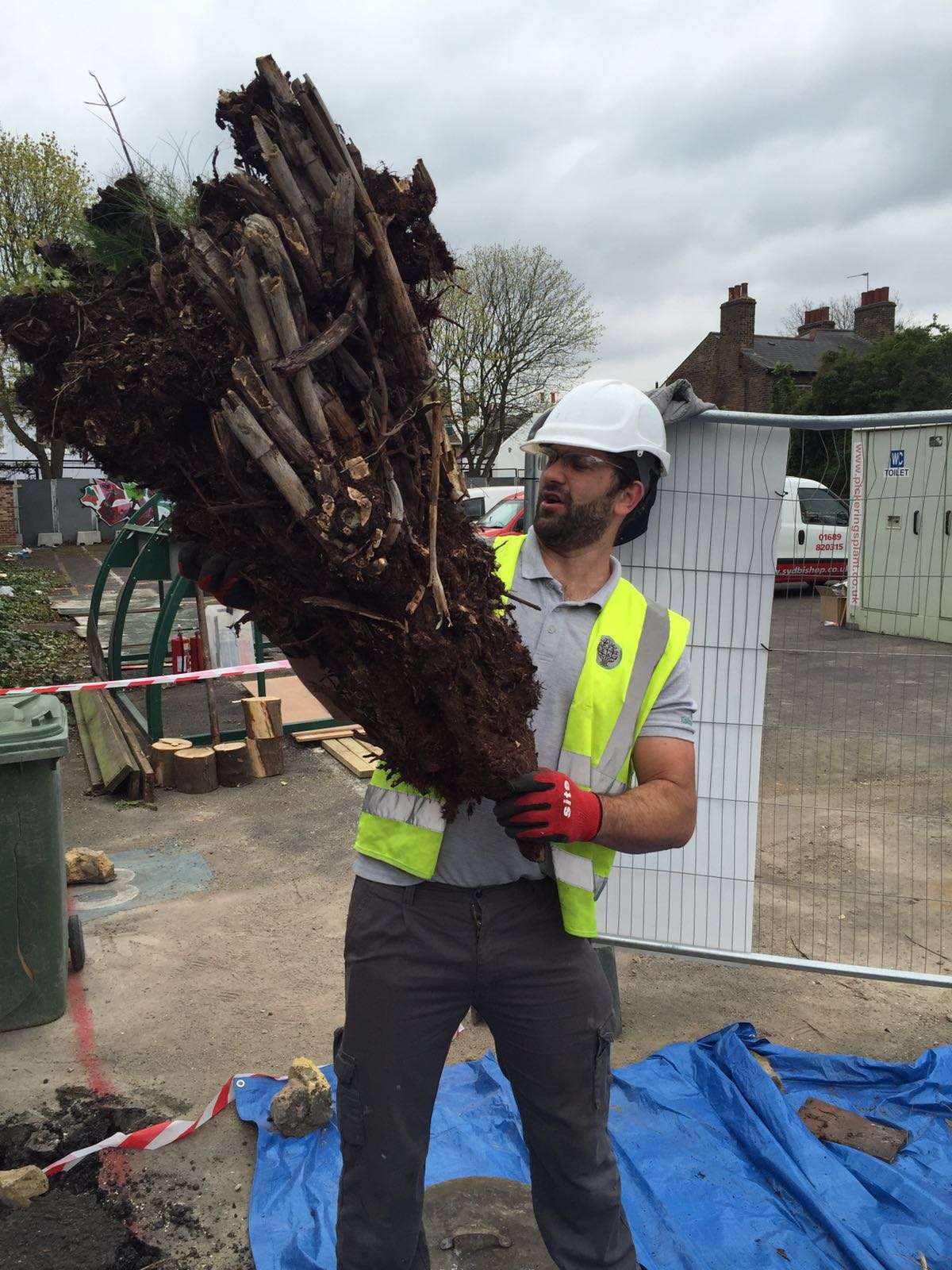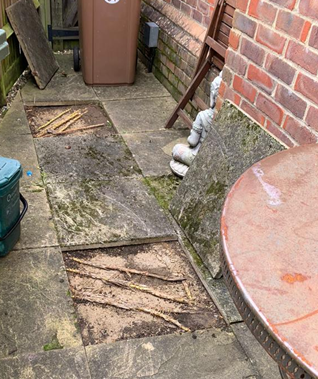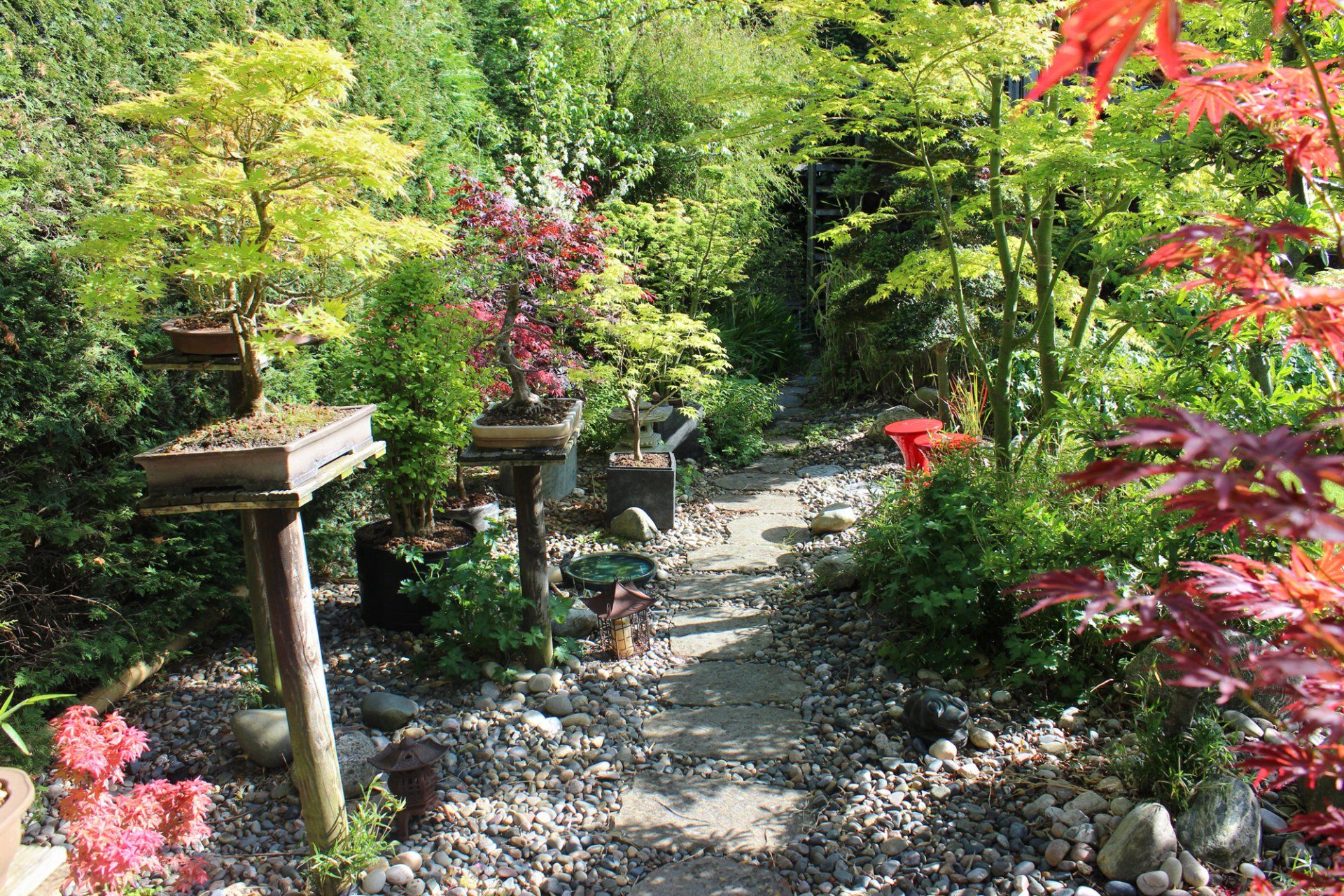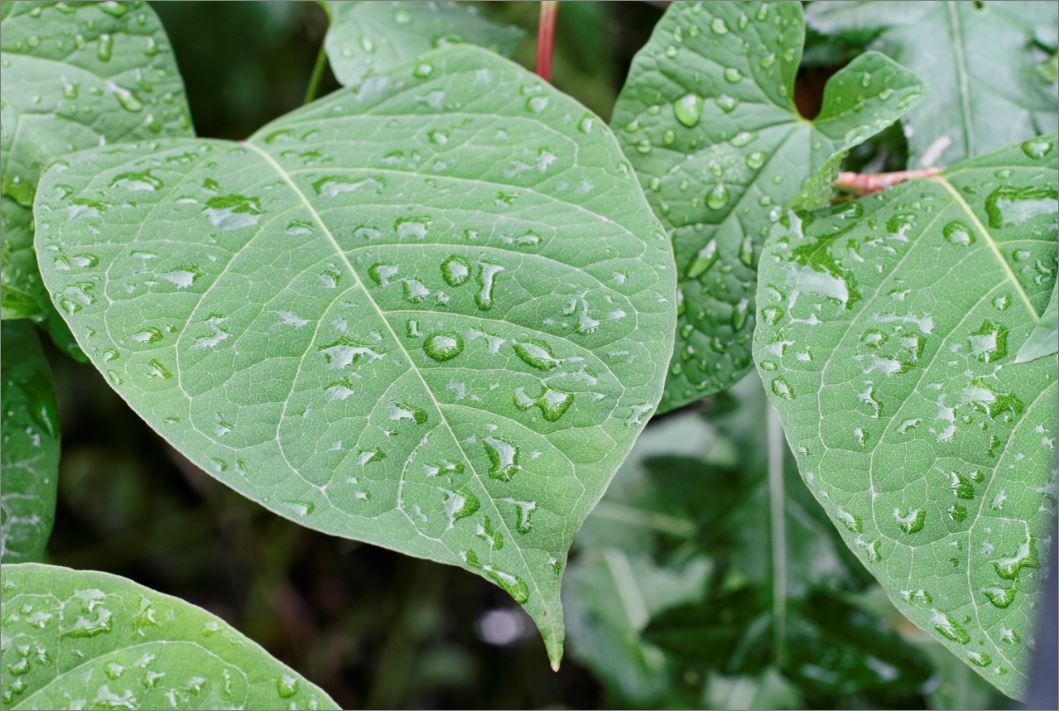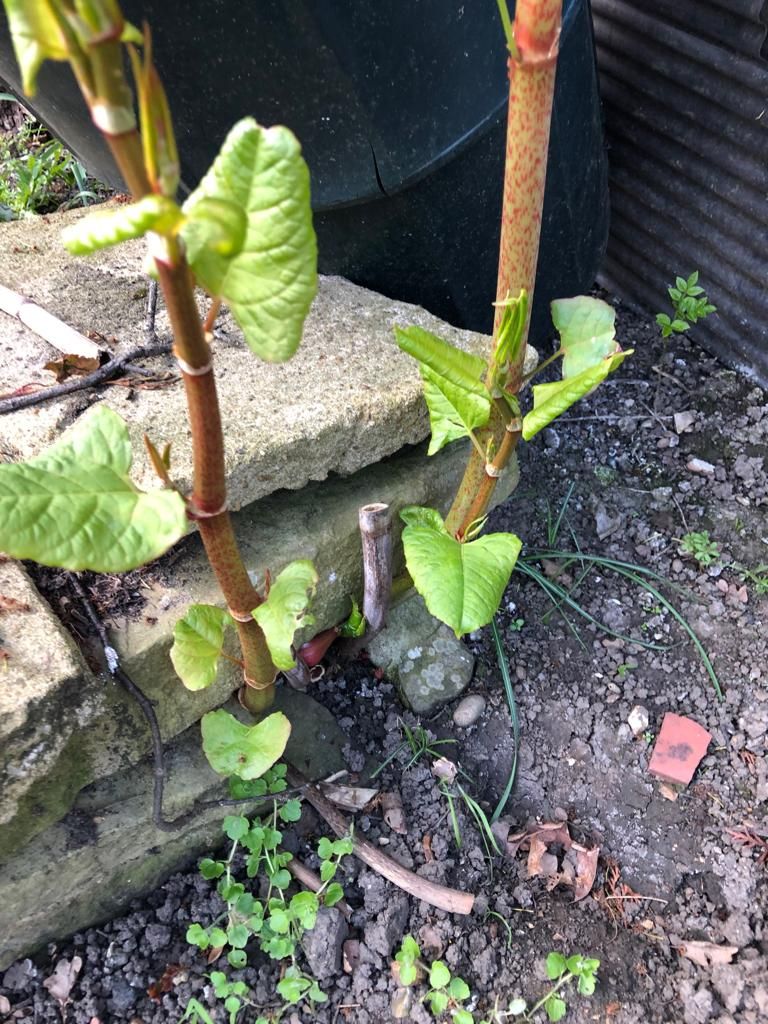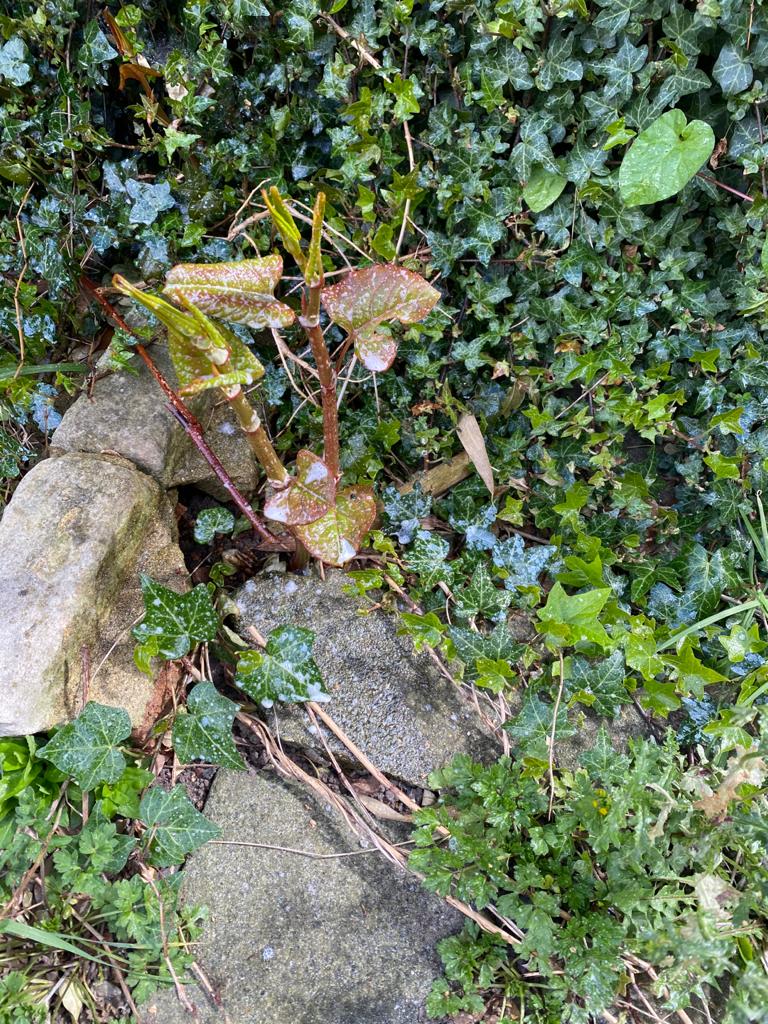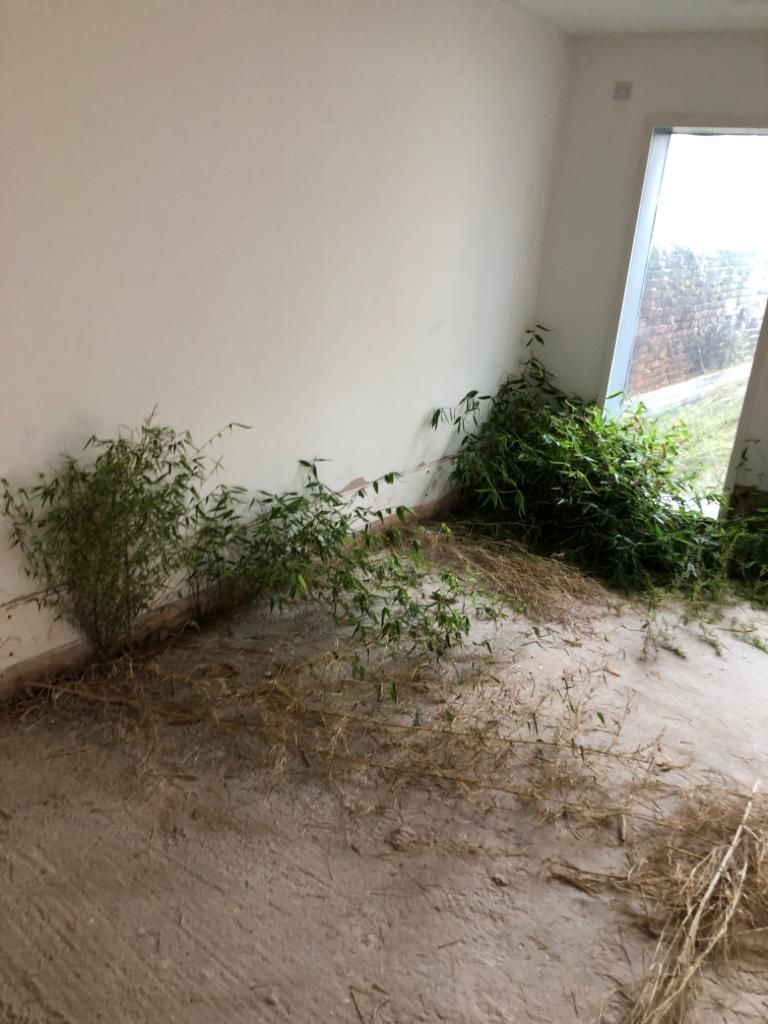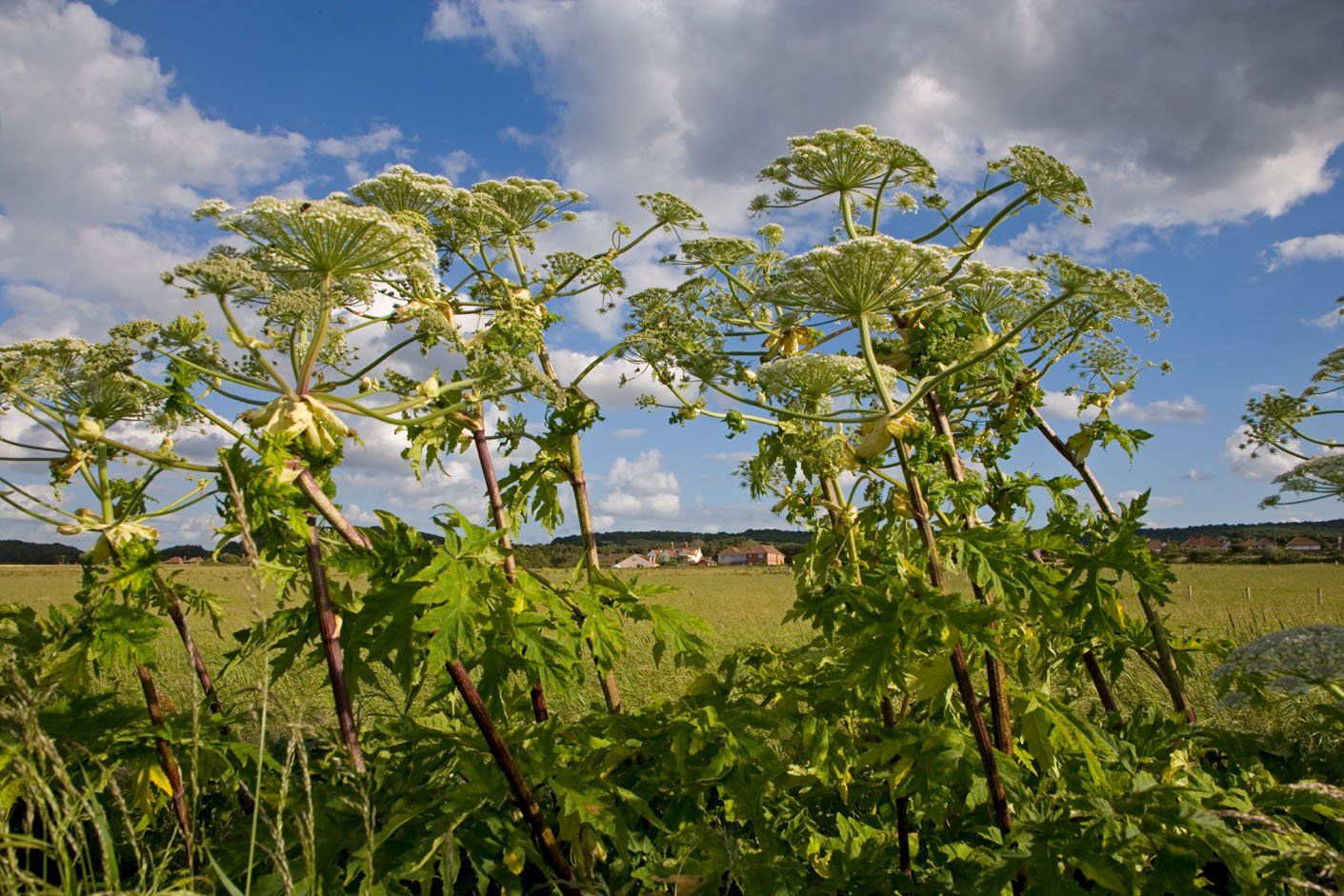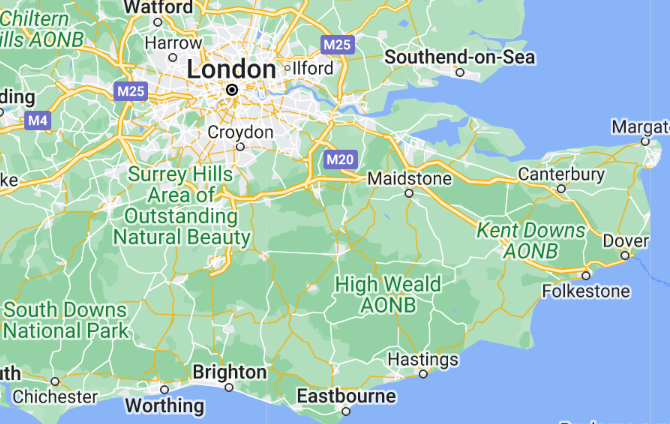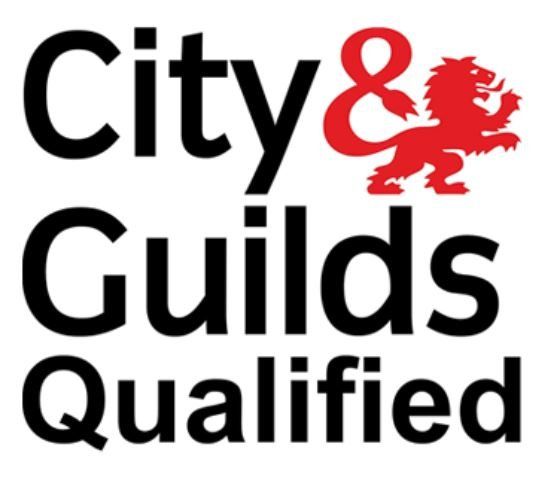How Does Himalayan Balsam Threaten Our Ecosystem?
You may be fooled into thinking that the Himalayan balsam is like any other flower you would find in your local garden centre due to its pretty pink appearance, however it is, in fact, considered a weed.
The Himalayan balsam is a self-propagating, invasive plant species introduced to the UK in 1839 by the Victorians. Since its introduction, it has escaped the enclosure of gardens and greenhouses only to spread across our natural landscapes, wreaking destruction to our ecosystem on its journey.
So how exactly does it damage our natural environment?
Hindering Biodiversity
Once the flowers of a Himalayan balsam have been germinated, they close up and turn into seed pods, which explosively burst after ripening (they can project as far as 7 metres!). This is what allows them to spread so vastly.
They grow in tall, dense thickets that hinder the space, light and pollination opportunities for native plant species. The result of this? A lack of biodiversity.
Biodiversity is extremely important for the environment for a number of reasons. Not only does it create a balanced ecosystem, but it offers more habitat and food to native wildlife species, regulates pests and diseases, recycles a number of nutrients and mitigates erosion.
Threatening Rivers
A lesser known impact this plant species has is that it threatens the actual stability of our rivers, as well as the rivers themselves.
Himalayan balsam is what’s known as an annual plant, meaning it completes its life cycle in one year; this involves going through the process of germination, flowering and setting seed before it dies.
Due to their prevalence along waterbanks, this can have an increasingly damaging effect on river structures. Since all Himalayan balsams die back in the winter, riverbanks are left bare due to the lack of varied vegetation; along with the lack of roots in the ground to hold the soil together, this leaves them prone to erosion.
Himalayan Balsam Removal
It is crucial that the dispersal of Himalayan balsam in the UK is tackled and controlled. Himalayan balsam disposal is best carried out by an expert; they will know what will be the best method to go about eradicating the plant without harming any other species and will have the means to do this.
It is possible to remove small infested areas yourself by pulling the plants up (ensuring you get the root out). This is best done before the plant begins to flower and after the seed leaves have disappeared. By removing them at this time you will not risk accidentally promoting propagation, especially since the seed pods are more sensitive to bursting the riper they are.
For larger areas of infestation, removal specialists, such as Gaia Environmental, will use special herbicides to kill the plants.
Here at Gaia Environmental, we use selective herbicides and modern methods, such as pro stem injection, to remove areas of Himalayan balsam without causing damage to any surrounding indigenous plants or waterways.
If you notice a heavily vegetated area of Himalayan balsam near your or near your local water sources, then
contact us today! Our
professional team will eradicate it accordingly.


